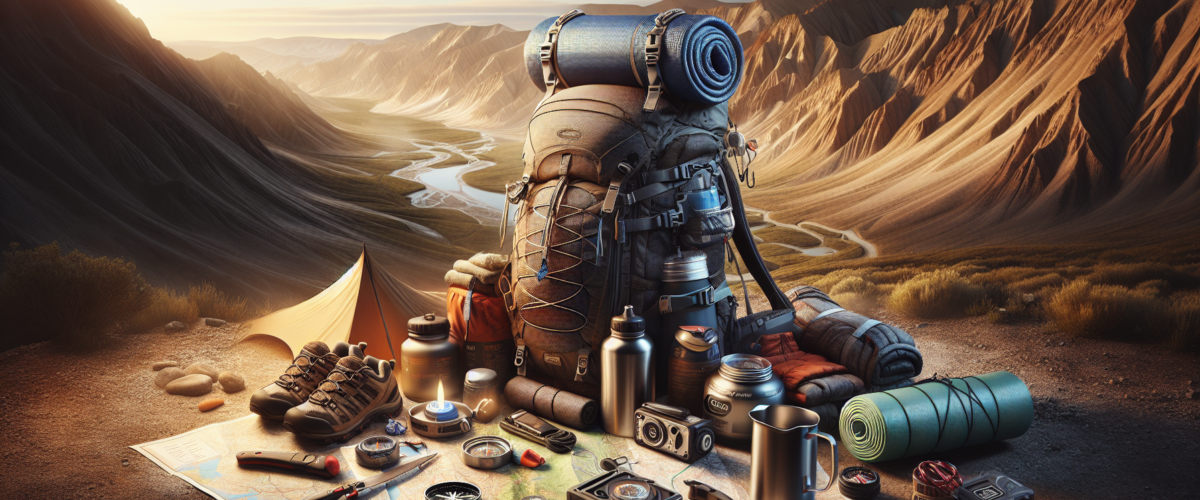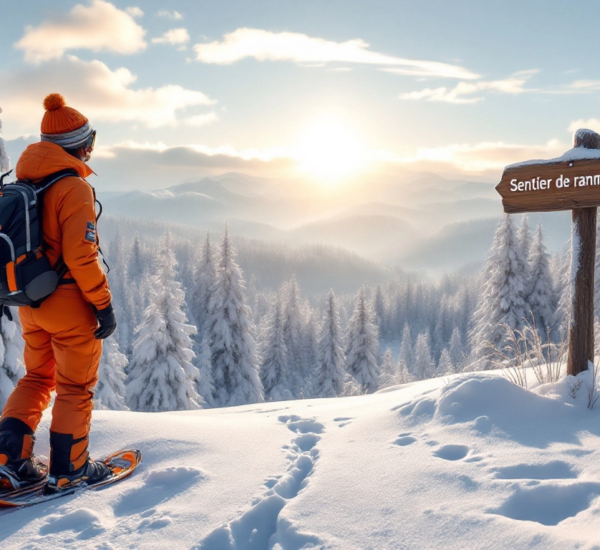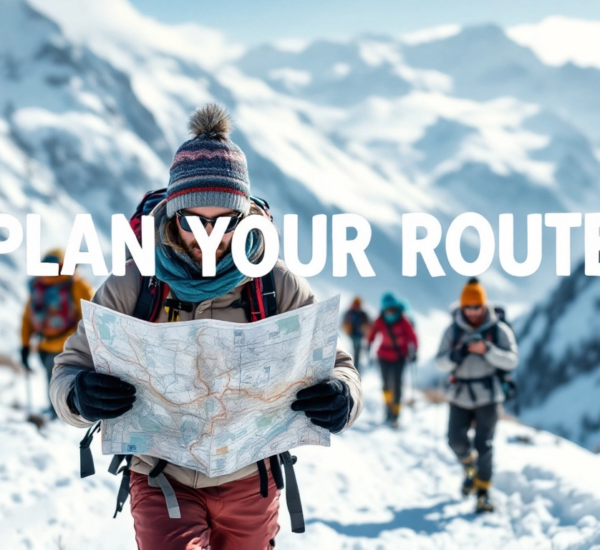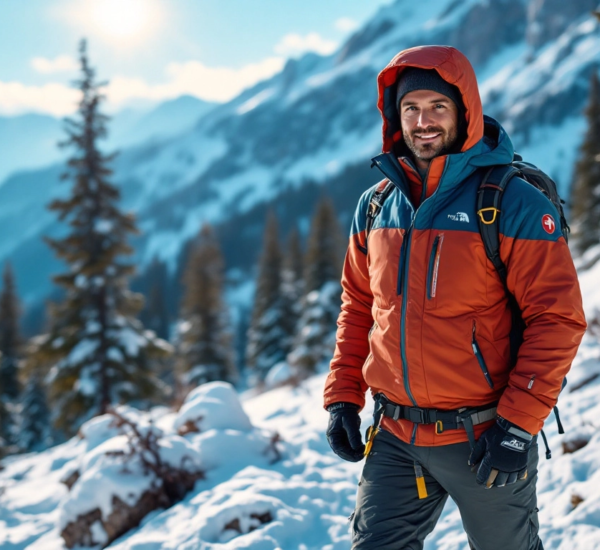Dream of hiking farther, faster, and with less pain? Ultralight backpacking might just change the way you hit the trail forever. By shedding unnecessary weight, you can focus on the beauty of the outdoors, extend your daily mileage, and minimize the strain on your body. Whether you’re a beginner or a seasoned hiker looking to improve your setup, this guide will help you master ultralight backpacking. From gear lists and tips to food strategies and shelter options, you’ll find everything you need to start your lightweight journey today.
Table of Contents
- What Is Ultralight Backpacking?
- Essential Ultralight Backpacking Gear List
- Ultralight Backpacking Tips for Success
- Choosing the Best Ultralight Backpacking Tents
- Ultralight Backpacking Food Tips and Strategies
- FAQs
- Conclusion
What Is Ultralight Backpacking?
Definition and Philosophy: Ultralight backpacking revolves around the principle of “less is more.” It’s a minimalist approach that prioritizes carrying only the essentials to reduce pack weight without compromising safety or functionality. The ultimate goal? To make your hikes more efficient and enjoyable.
Benefits of Ultralight Backpacking: The advantages of ultralight backpacking are transformative. A lighter pack means reduced physical strain, allowing you to hike longer distances with less exhaustion. Plus, you can move faster, enjoy the trail more, and extend your adventures without sacrificing comfort.
Essential Ultralight Backpacking Gear List
Ultralight Backpacking Packs
Your backpack is one of the most critical components of your setup. Look for options weighing under 2-3 pounds, with features like minimal frames and streamlined designs. Popular choices include the Hyperlite Mountain Gear 2400 Southwest and the Gossamer Gear Gorilla 50.
Ultralight Backpacking Tents
Single-wall tents are lightweight and packable, while double-wall tents offer better condensation management. For true minimalists, tarps and bivy sacks are excellent alternatives. Brands like ZPacks Duplex and MSR Thru-Hiker are well-regarded in the ultralight community.
Ultralight Accessories and Tools
Streamline your gear with titanium cookware, compact multi-tools, and inflatable sleeping pads. Items under one pound play a crucial role in minimizing total load while maximizing functionality. Pack efficiently to make the most of your space.
Ultralight Backpacking Tips for Success
How to Pack Efficiently
Efficient packing is key to success. Layer and compress your gear to optimize space. Distribute weight strategically, keeping heavier items close to your back’s center of gravity for improved balance.
Mastering Minimalism
Adopting a minimalist mindset can significantly reduce your pack weight. Cut out redundancy by addressing the “just in case” mentality, and consider DIY solutions like trimming excess straps or creating your own lightweight stove.
Choosing the Best Ultralight Backpacking Tents
Factors to Consider
When selecting a shelter, focus on seasonality, durability, and the space-to-weight ratio. A good ultralight tent balances these factors, ensuring comfortable sleep without adding excessive bulk to your pack.
Shelter Alternatives
If tents aren’t your preference, explore options like ultralight hammocks, tarps, or floorless shelters. These are versatile and can adapt to different terrain, making them excellent choices for ultralight backpackers with unique needs.
Ultralight Backpacking Food Tips and Strategies
Meal Planning and Calories
Prioritize calorie-dense, lightweight options like dehydrated meals, nut butter packs, and energy bars. Plan meals to meet your caloric needs while keeping food weight to a minimum to fuel long days on the trail.
Cooking vs Cold-Soaking
Cooked meals provide comfort, but cold-soaking is ideal for ultralight hikers. It reduces the need for stoves and fuel, saving weight and space. Experiment with no-cook recipes like overnight oats or couscous salads for quick and nutritious trail meals.
Frequently Asked Questions
What is the standard weight for an ultralight backpacking pack?
An ultralight pack typically weighs under 3 pounds when empty. Paired with streamlined gear, your total base weight (gear minus food and water) should ideally stay under 10-12 pounds.
How do I choose the best ultralight backpacking tent?
Consider your terrain, climate, and trip duration. Look for tents with durable materials, simple setups, and a favorable weight-to-space ratio. Options like the ZPacks Duplex are excellent for most conditions.
What are some examples of ultralight backpacking food?
Popular ultralight food options include dehydrated meals, powdered soups, jerky, nut butters, and trail mix. Energy gels and drink powders are also excellent for quick calories and hydration.
Is ultralight backpacking safe for beginners?
Yes, with proper planning. Always include essential safety items like navigation tools, first aid kits, and appropriate clothing to adapt to changing weather conditions.
How can I minimize my ultralight backpacking cost?
Consider DIY solutions, secondhand shopping, and borrowing gear to save money. Prioritize where to spend—invest in a lightweight pack or shelter, and cut costs on accessories when needed.
Conclusion
Ultralight backpacking offers a transformative way to explore the outdoors, allowing you to cover greater distances and minimize discomfort. By carefully selecting your gear, mastering minimalist strategies, and optimizing your food choices, you can achieve a lightweight setup that doesn’t compromise on safety or functionality. Start your ultralight journey today by creating your personalized gear list—it’s time to hike farther, faster, and more freely!




